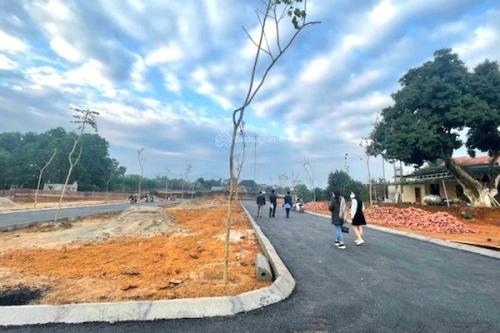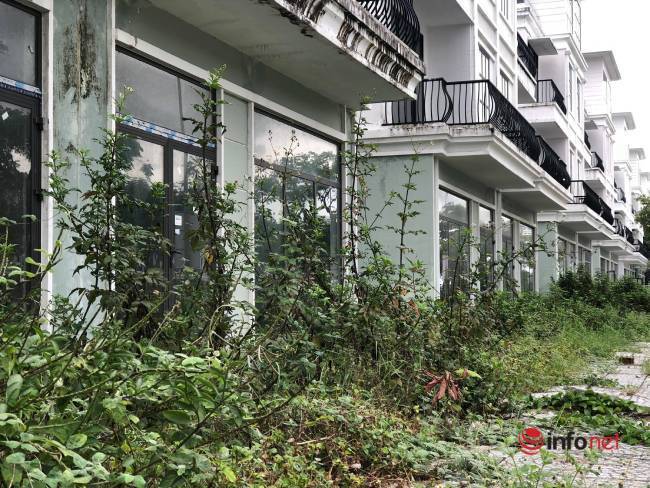The General Department of Customs has set many digital transformation goals by 2025, with a vision to 2030
On May 11, the Director General of the General Department of Customs said that he had approved the Plan on digital transformation of the Customs sector to 2025, with orientation to 2030.
According to the General Department of Customs, the whole industry will promote digital transformation in customs operations in a comprehensive and synchronous manner with digital transformation serving import-export businesses and ministries and sectors in implementing the One-way Mechanism. The national window and the ASEAN Single Window aim to fulfill the goal of 100% of customs procedures being carried out entirely in the online (paperless) environment.
 |
| The Customs sector aims at simple customs procedures that are digitized to the maximum, professional fields are integrated, interconnected, and highly automated. |
Striving to 2025, complete digital customs, in which comprehensive digital transformation in the state management of customs is carried out with an information technology system with a high degree of integration, openness, and suitability. In line with international standards, comprehensively meeting the needs of automatic processing of all stages of customs operations from the beginning to the end, carrying out customs procedures anytime – anywhere – on any means and needs. demand for information exploitation and use of information on the basis of application of the latest technological achievements of the 4th industrial revolution.
In addition, completing the goals stated in the Prime Minister’s Decision No. 749/QD-TTg dated June 3, 2020 on the approval of the “National digital transformation program up to 2025, with orientation to the year 2020. 2030” related to the functions and tasks of the Customs sector.
Regarding the key objectives, specifically, for customs operations, promoting digital transformation in customs operations comprehensively, synchronously with digital transformation of enterprises, ministries and branches in the development of customs. Declaring the National Single Window and the ASEAN Single Window in the direction of centralization, modernization and automating the management and administration of customs operations, consulting and implementation of inspection and supervision services. Customs supervision and control.
Along with that, simple customs procedures are maximally digitized, professional fields are integrated, interconnected, and highly automated; promote inspection before and after customs clearance, reduce the rate of inspection during customs procedures; applying science and technology of the 4th industrial revolution… with modern equipment to minimize human intervention in the process of customs clearance of goods.
Specifically, on digital transformation in customs procedures: complete the overall redesign of the information technology system to meet the requirements of performing customs operations towards digital customs and meet the requirements of customs procedures. system information security.
Accordingly, along with the synchronous implementation of digital transformation in the National Single Window and the ASEAN Single Window, customs procedures are carried out between customs authorities and import-export enterprises entirely in the environment. digital (paperless), anytime, anywhere, any means; automatic management of customs operations in the digital environment during the entire process of carrying out customs procedures before, during and after customs clearance, ensuring seamless management from the beginning to the end for goods. goods exported, imported, and in transit; means of transport on exit, entry and in transit.
Regarding customs documents, 100% of customs procedures are digitized and carried out electronically; 95% of the documents in the customs file are converted to digital data (5% are in special records such as confidential records, records used when the system has problems….); 100% of basic customs control records are converted to electronic data, moving towards digitization.
Regarding tax management, tax debt management is done completely electronically with modern management methods.
For post-customs clearance inspection, automatically identify objects to be inspected after customs clearance on the basis of applying automatic models of analysis, risk assessment, statistical analysis, professional problems, unusual signs on the information technology system.
Regarding the prevention and combat of smuggling, trade fraud, illegal cross-border transportation of goods, automatically collecting, receiving and analyzing information on import and export activities, immigration of people and means of transport. facilitate through intelligence, international cooperation to compile records to identify high-risk shipments according to control criteria; automatically analyze and warn of unusual transactions in import and export activities of enterprises; automatically warn to specific addresses of suspected shipments and provide detailed instructions on customs control measures; applying artificial intelligence in compliance measurement to establish and deploy effective flexible control options…
Tien Anh
at Blogtuan.info – Source: infonet.vietnamnet.vn – Read the original article here



